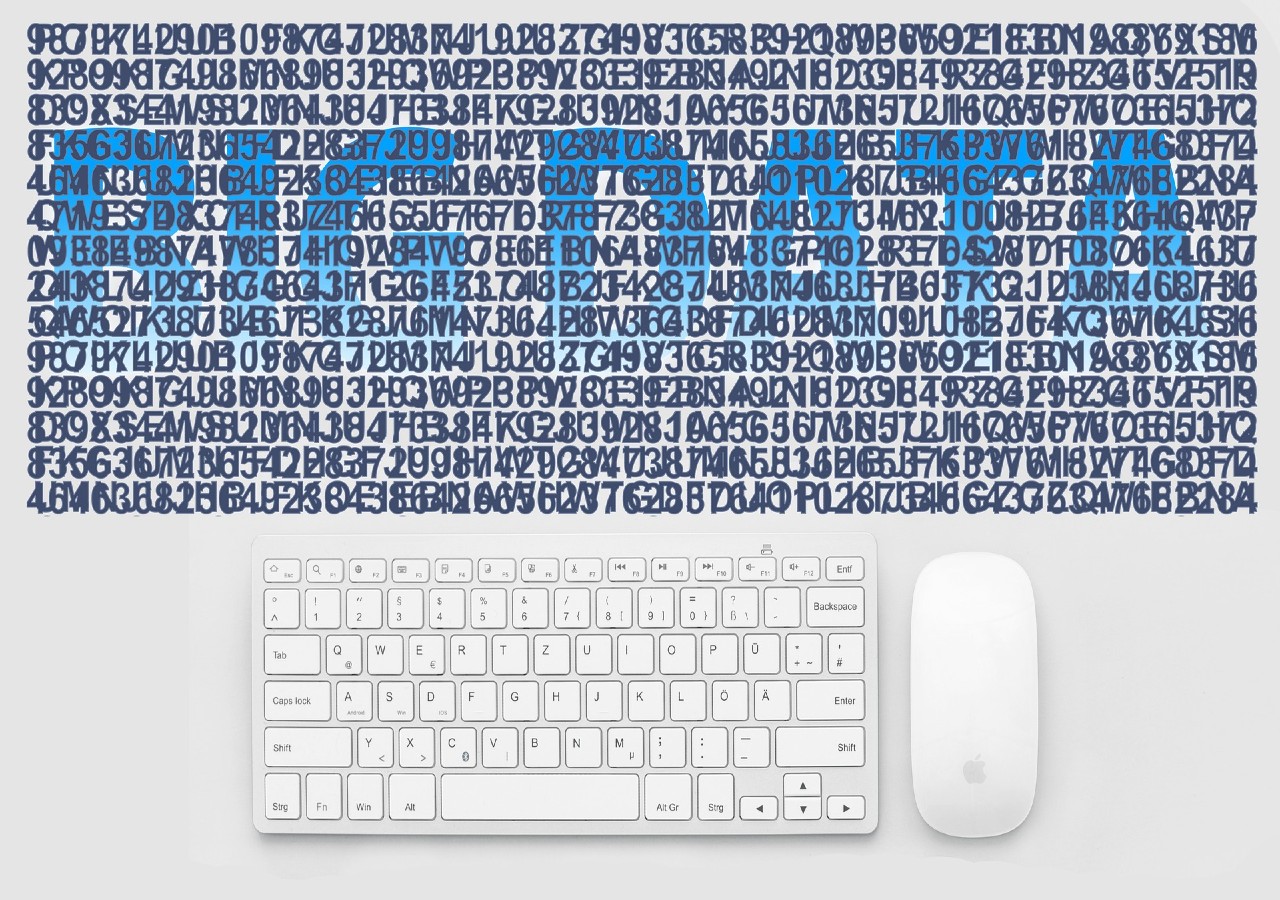In this Article

Farming is one of the predicted growth industries in Australia. Global predictions suggest this trend will continue for the next few decades. The future of farming lays certain with IoT and big data analytics playing an essential role.
Analysts at the UN Food and Agriculture Organisation have determined that the world will need to produce 70% more food in 2050 than it did in 2006 to keep the growing population fed. To meet these demand agricultural companies are turning to the Internet of Things and Big Data to improve their efficiency and capacity.
This isn’t unexpected, considering farming drove much of the innovation that led to the industrial revolution. The 1800s brought about chemical fertilisers, gas-powered tractors, and grain elevators. In the 1900s, farmers began using satellites imagery to plan their crops and move their livestock.
Today’s Farms
Today, smart agriculture is becoming more commonplace in farming, with high-tech sensors and the introduction of agricultural drones. These advanced are set to push the next wave of farming innovation.
Farmers are already using high-tech techniques and technologies to improve their day to day efficiency. For example, sensors placed in fields measure the acidity and temperature of the soil to determine the exact conditions and time to plant their crops and feed their livestock. This information is also cross-referenced with long-range forecasts to provide statistical predictions of yield and quality.
Drones have also become invaluable, allowing farmers to survey their lands and generate crop data using multi-spectrum cameras pinpointing sources of disease before they spread.
John Deere (the biggest name in tractors) has been connecting its tractors to the Internet for years and has already pioneered self-driving tractors. This frees up farm hands to perform other tasks and increase efficiency.
Note: AlphaX is fully compatible with the John Deere data platform
Combine all of the sensor, imagery and other sources of data together and you have a farm that is highly likely to improve production output and minimise costs and resource utilisation. Using another example of the innovation used at John Deere, they are providing “crop” insurance to customers with premiums based on the data collected from the said sources.
Future of Farming
BI Intelligence predicts that IoT devices installed in the agricultural sector will increase from 30 million to around 75 million by 2020. This is an annual compound growth rate of 20%.
The US (currently the leaders in IoT smart agriculture) produces approximately 2,930 kgs of cereal per acre of farmland. This can be compared to the global average of 1,540 kgs. This efficiency suggests that connecting farms will drive improvements. Studies have also discovered that smart farms increase yield by 1.75%, energy costs reduced by $7 to $13 per acre and water use for irrigation fell by an average of 8%.
Given these findings, it’s understandable farmers are increasingly turning to big data and the internet of things for the future of farming.
Related Blog Posts
How Smart Cities Connect: Getting Started with Edge AI and IoT Technology
How to Get Started with Edge AI and IoT Technologies in Smart Cities: Overcoming Integration Challenges In recent years, the concept of smart cities has evolved from a futuristic Read More
5 Step Strategy: Ensuring Security and Privacy in 15-Minute Smart Cities
Introduction Ensuring security and privacy in 15-minute smart cities is a critical challenge as urban areas become increasingly connected through IoT and edge AI technologies. These cities aim to Read More
What is a smart city and the challenge of legacy systems
How to Get Started with Integrating Legacy Systems in Smart Cities Smart cities are transforming urban landscapes by leveraging technology to improve the quality of life for residents. However, Read More



